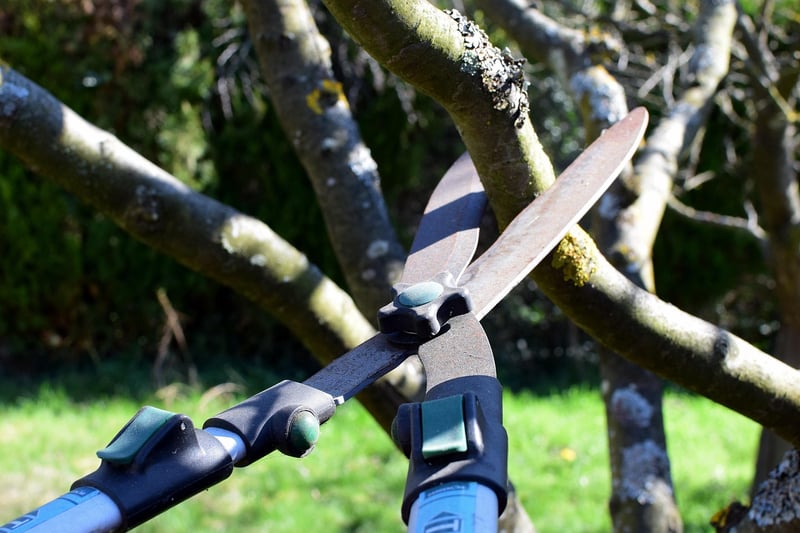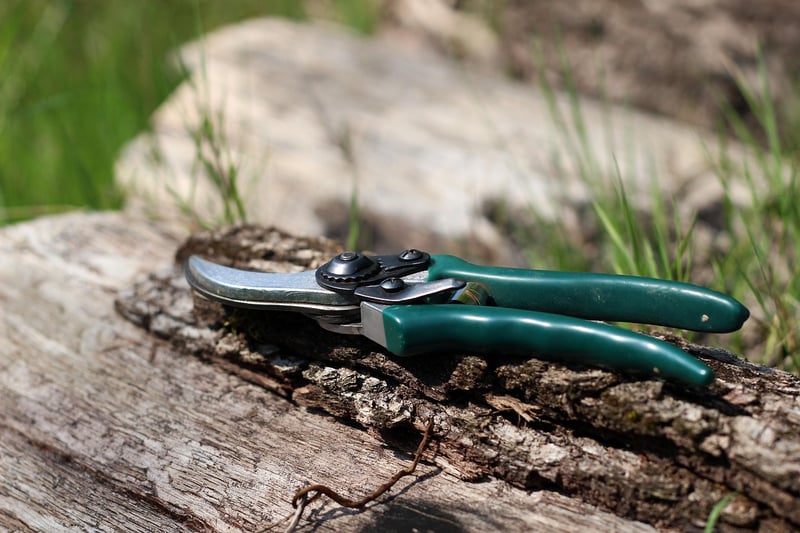Pruning Advice
Keep Your Garden Thriving with Proper Pruning
Having a beautiful and healthy garden requires more than just watering and weeding. Pruning is a crucial aspect of garden maintenance that can help your plants thrive and flourish. Proper pruning not only enhances the aesthetic appeal of your garden but also promotes plant health and growth. Here are some essential tips to ensure your garden stays vibrant and abundant through effective pruning techniques.
1. Understand the Purpose of Pruning
Pruning serves several purposes, including shaping plants, removing dead or damaged branches, improving air circulation, and stimulating new growth. By understanding why you are pruning a specific plant, you can apply the right techniques to achieve your desired results.
2. Use the Right Tools
Invest in high-quality pruning tools such as sharp bypass pruners, loppers, and pruning saws. Using dull or improper tools can damage your plants and make pruning tasks more difficult. Keep your tools clean and well-maintained for optimal performance.
3. Timing is Key
It's essential to prune your plants at the right time to avoid stressing them or interfering with their natural growth cycles. Research the specific pruning requirements of each plant species in your garden to determine the best time for pruning, whether it's in early spring, after flowering, or during dormancy.
4. Practice Proper Techniques
Learn the correct pruning techniques for different types of plants, such as shrubs, trees, roses, and vines. Make clean cuts at a 45-degree angle just above a bud or branch junction to promote healing and prevent disease. Avoid leaving stubs or cutting too close to the bud.
5. Remove Dead or Diseased Branches
Regularly inspect your plants for dead, damaged, or diseased branches and remove them promptly. Pruning these branches not only improves the appearance of the plant but also prevents the spread of diseases and encourages healthy growth.
6. Monitor Growth and Adjust Pruning Strategy
Observe how your plants respond to pruning and adjust your strategy accordingly. Some plants may require more frequent pruning to control their size, while others may need minimal pruning to thrive. Keep track of your pruning schedule and adapt it based on the growth patterns of your plants.

By following these pruning tips and techniques, you can maintain a lush and vibrant garden that will be the envy of your neighborhood. Remember that proper pruning is a skill that improves with practice, so don't be afraid to experiment and learn from your experiences. Your plants will thank you with healthy growth and abundant blooms!
Happy pruning!
